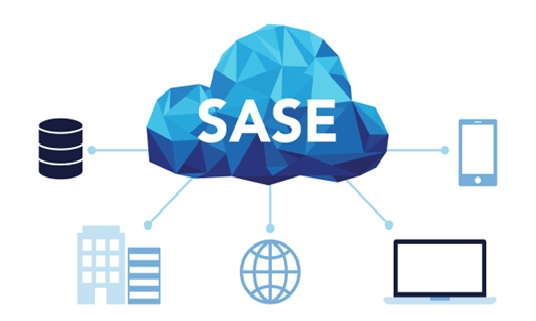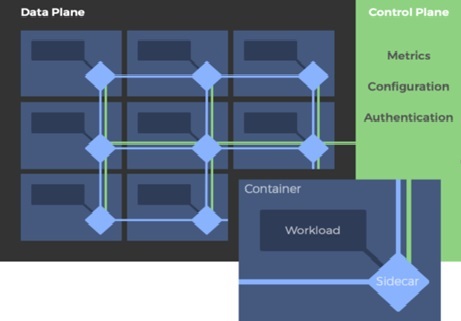Cloud Orchestration and Optimization
Cloud orchestration refers to the technique of automating and organizing the deployment, structure, incorporation, and supervision of cloud computing resources. Similarly, cloud optimization is the method of maximizing the efficient usage of resources. So jointly, these two strategies make an organization’s cloud infrastructure able to fulfill its ever-changing requirements in a cost-efficient way.

Figure 1. Cloud Orchestration and Optimization
Cloud Orchestration and Optimization is shown in figure 1. Cloud Orchestration is the process of automating the tasks needed to manage connections and operations of workloads on private and public clouds. Cloud orchestration technologies integrate automated tasks and processes into a workflow to perform specific business functions.
Benefits of Cloud Orchestration
- Improving efficiency of resource utilization, eliminate over-provisioning.
- Monitor, alert, and report on unexpected conditions to diagnose root cause.
- Simplify data integrations and automatically apply policies for governance and security.
- Manage dependencies across clouds to ensure proper execution of tasks.
- Integrate existing identity and access management systems as part of organization-wide security to ensure only authorized users and applications can access or modify automations.
- Eliminate need to build ad-hoc tools when new automations are required.
- Deliver workflow tools for managing and scheduling for IT and line of business users.
- Provide the bridge between clouds or between private and public environments.
There are three aspects to cloud orchestration:
- Resource orchestration, where resources are allocated
- Workload orchestration, where workloads are shared between the resources
- Service orchestration, where services are deployed on servers or cloud environments.
As the usage of the cloud in organizations rises, the demand for cloud orchestration increases as well. With benefits like reduction in IT costs, better connections, and effective workflow, organizations have started to put more trust in orchestration. Orchestration can aid in managing private, public, and hybrid clouds and perform automated tasks effectively, making it a useful technology in the future.
References:
- https://www.31west.net/blog/future-of-cloud-computing
- https://www.vmware.com/topics/glossary/content/cloud-orchestration.html
- https://developer.ibm.com/articles/cl-cloud-orchestration-technologies-trs/
- https://www.professional-devops.com/cloud-orchestration.html
Cite this article:
Gokula Nandhini K (2023), Cloud Orchestration and Optimization, AnaTechMaz ,pp.78















